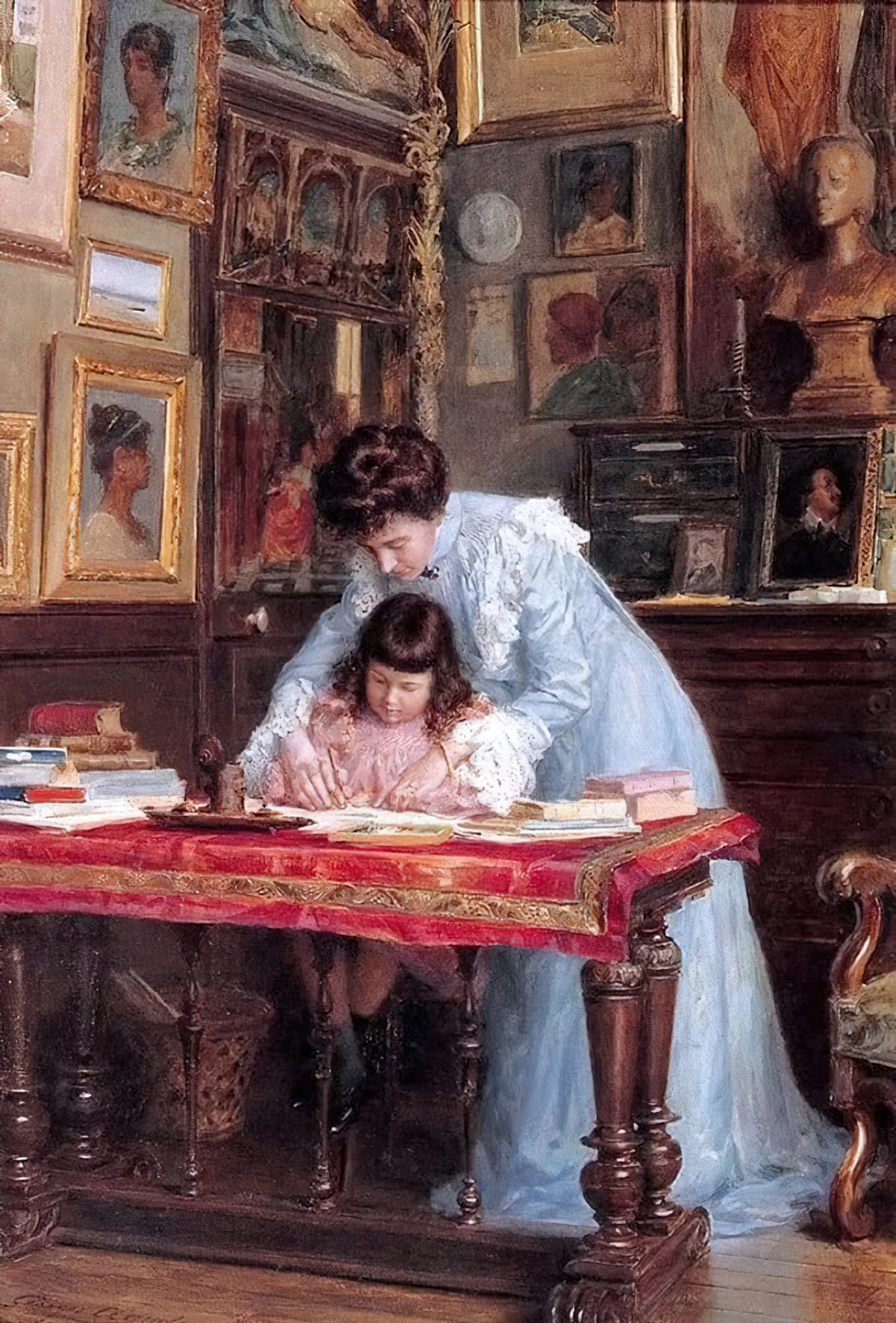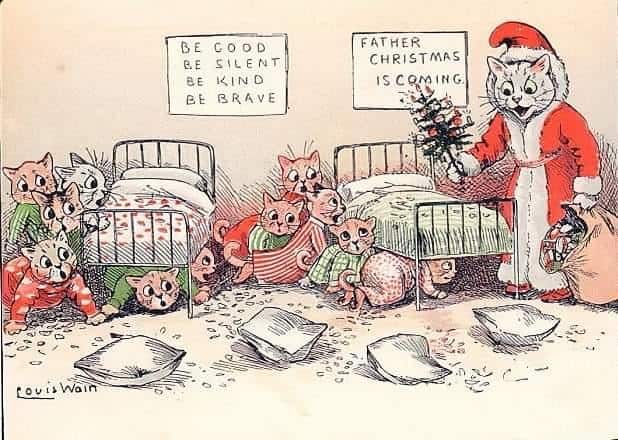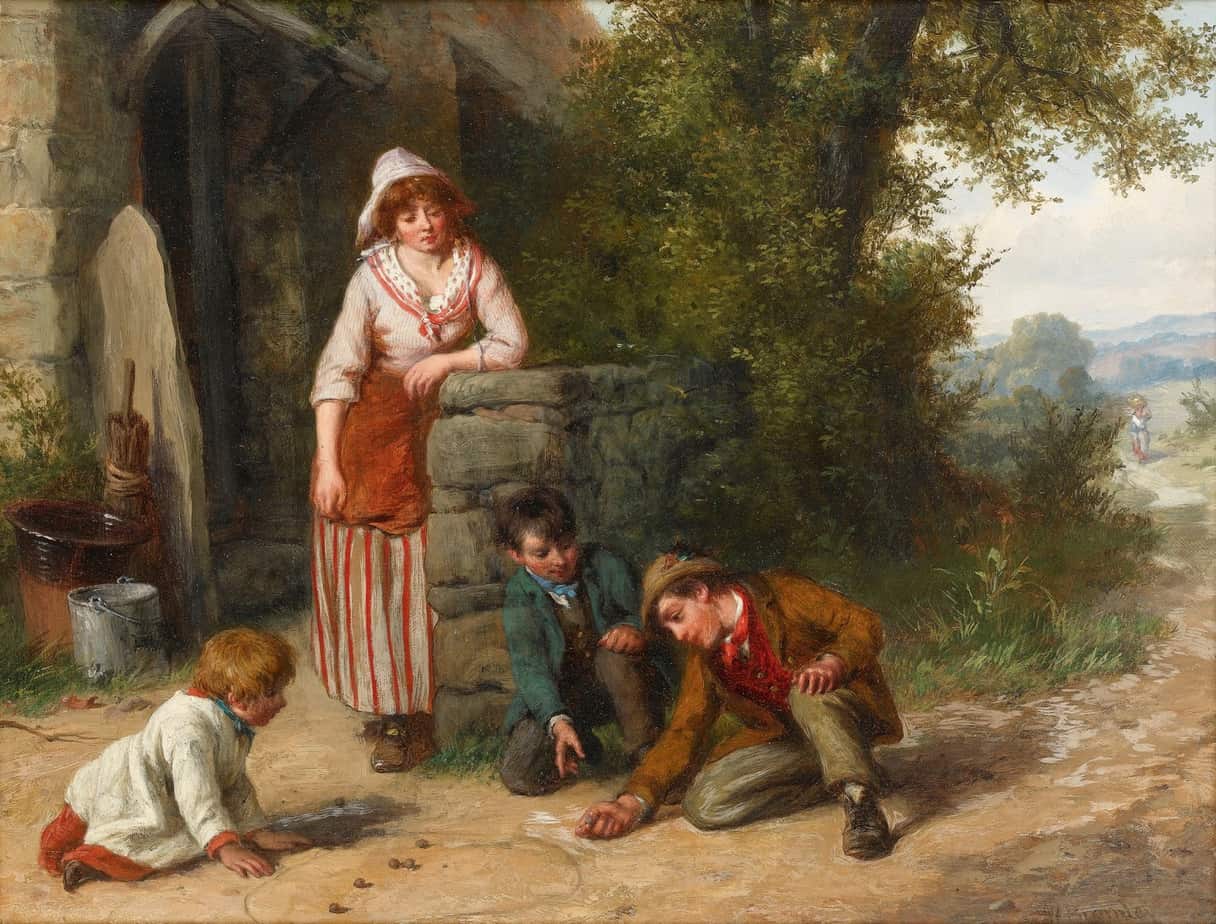How was childhood different in 18th and 19th century England? The following points describe middle and upper class family life at that time.
Children of the rural labouring classes relied for reading material on cheap chapbooks
Chapbooks were passed from family to family
School library books were all of the “goody goody, Sunday-school prize type”
Middle class children were able to choose their own books and had a wide selection of adventure, school, nonsense, fantasy and fairytales available
Poor children grew up without access to literature
Between the late 1700s through to the beginning of WW2 young children from wealth British families rarely ate with their parents and other adults apart from servants
Their diet was generally austere even though they were well-off, at least by today’s standards. It was thought during this period that rich food spoiled the character of children, so they may not have been allowed to eat things such as pork chops. Experts of the time advised that children shouldn’t be eating fat, sugar, wine and spices.
So what did they eat? Boiled meat, steamed fish, cabbage, milk-based puddings. Milk was considered only food for children — adults wouldn’t drink it.
Eating between meals was strictly frowned upon.
Bread and jam both on the same piece of bread was thought to be very indulgent and unheard of. Such greed was a matter of morality.
Middle class children and above spend childhoods almost entirely within the self-contained space of a nursery where they were looked after by a nurse or nanny.
Boys were sent to boarding school but girls were generally tutored at home by a governess.

The nursery was usually at the top of the house or in a far-flung part and was frequently spartan, furnished with items not needed elsewhere.
Children saw a parent — generally the mother — for about an hour a day.
Children were allowed plenty of exercise.
They were accustomed to being seen and not heard.

Children were regarded as inherently sinful. They were confined to the nursery until their ‘natural state’ had been knocked out of them. They weren’t allowed to eat with the adults until then.
By 1850 it wasn’t just the very wealthy who employed nurses — genteel tradesmen could afford to employ women as nannies and nurses, too.
George Bernard Shaw described how, seeing his own mother so seldom, he tended to idolise her when he did see her — similar to the way in which modern children can also idolise a generally absent parent after a separation.
For more see Lark Rise to Candleford, autobiography of Flora Thompson, as well as the academic work of Denis Butts and Carolyn Daniels.
Read more about these types of families in books such as:
- Mary Poppins
- Pride and Prejudice
- Jane Eyre
- Dickens
- Seven Little Australians (who had an English father)
Header painting: William Bromley – Playing Marbles

